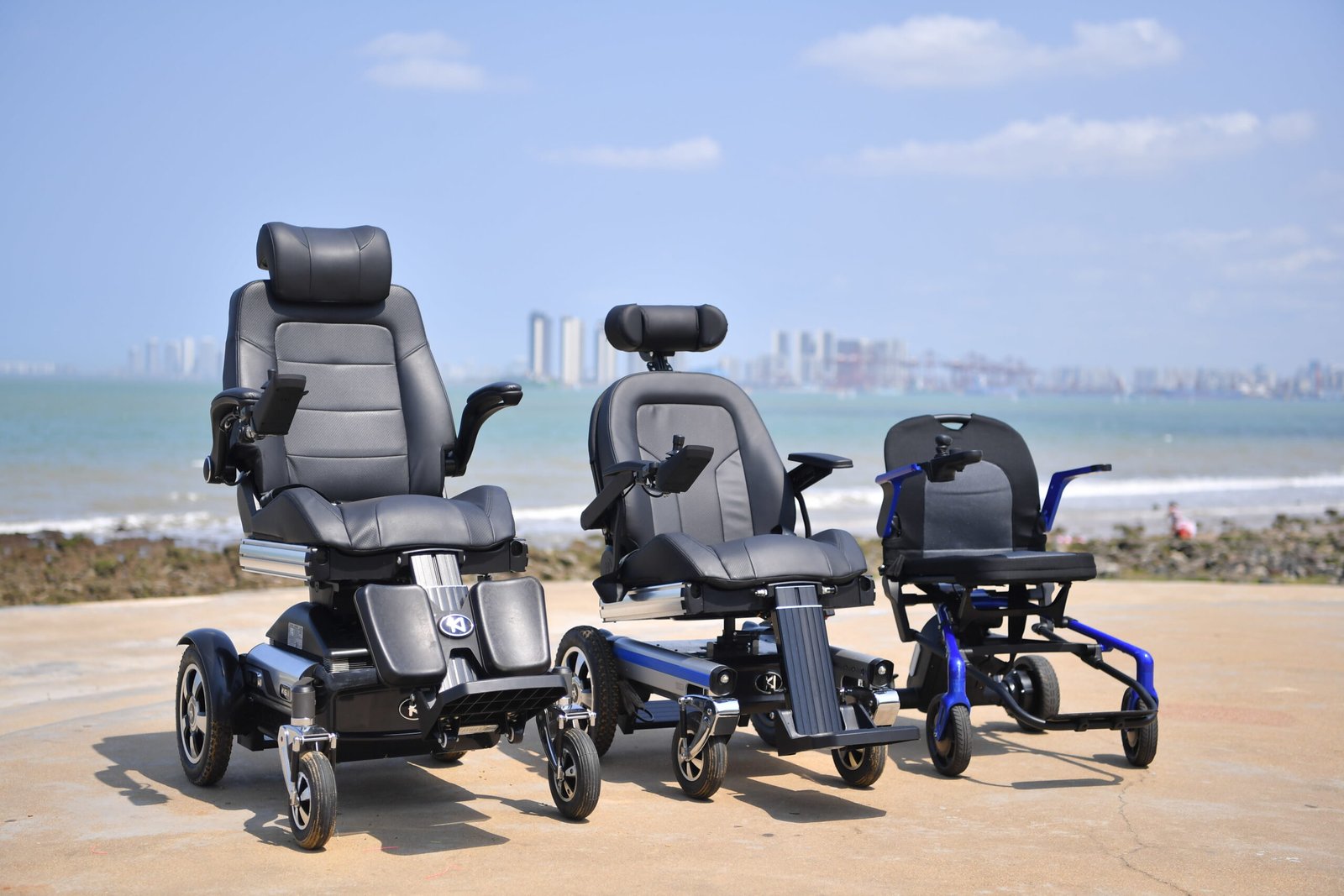

Is your motorised wheelchair feeling sluggish during daily errands or outdoor trips? Many users find that their mobility device’s speed doesn’t keep up with their needs over time—but the good news is, with smart adjustments, you can unlock better performance without sacrificing safety. Here’s how to make your electric wheelchair faster, with actionable tips for every budget and skill level.
Your battery is the heart of your wheelchair—weak power means slow movement. Start by checking its age: most lead-acid batteries last 1–2 years, while lithium-ion ones can go 3–5 years. If yours is older, replace it with a high-capacity model (match the voltage to your motor to avoid damage).
Charge it fully after each use, avoid letting it drain below 20%, and clean battery terminals monthly with a baking soda solution to prevent corrosion. A well-maintained battery delivers consistent power, keeping speed steady even on longer trips.
If your electric motorized wheelchair still drags after new batteries, the motor might be underpowered. Most standard models use 200–300W motors, but upgrading to a 400–500W motor (with your manufacturer’s approval) can boost speed by 2–3 mph.
Work with a certified technician for this—mismatched motors can overload your controller or drain batteries faster. Look for brushless motors, which are more efficient and generate less heat than brushed ones.
Increasing battery voltage (e.g., from 12V to 24V) can speed things up, but it’s risky. Higher voltage strains wiring, controllers, and motors, potentially causing fires. Only attempt this if a technician confirms your wheelchair components (like wiring gauge and circuit breakers) can handle the upgrade.
Bigger wheels cover more ground per rotation, but size matters. Aim for 2–3 inches larger than your current wheels—anything bigger might throw off your wheelchair’s balance or make turning harder.
Pair larger rear wheels with smaller front casters: this reduces drag when steering and lets the rear motors drive more efficiently. Always test new wheels on flat ground first to check for wobbles.
A lighter wheelchair requires less power to move. Start small: Remove unused accessories like extra storage bags, outdated oxygen tank holders, or heavy metal footrests (swap them for aluminum versions).
For bigger gains, replace heavy parts with lightweight alternatives: A carbon fiber seat frame can cut 5–10 pounds, while plastic side panels (instead of steel) reduce bulk without losing durability.
Many electric power wheelchair have speed limits programmed into their controllers—often for safety, but these can be adjusted. Check your user manual: some controllers let you unlock higher speeds via a code or app.
If your controller is older, ask a technician to reflash its software. For $50–$100, they can often remove speed caps without replacing the hardware.
Friction saps speed—target these areas:
Wheel bearings: Clean old grease and replace it with silicone-based lubricant (it resists dust better than oil).
Axles: Add ball bearings to reduce metal-on-metal contact.
Caster wheels: Tighten loose bolts so they spin smoothly, not wobble.
A 10-minute lubrication session can add 0.5–1 mph to your top speed.
Bumpy surfaces force your wheelchair to waste energy bouncing—suspension fixes that.Installing rear suspension (for heavy users) or front suspension (for uneven sidewalks) keeps wheels in contact with the ground, reducing power loss.
Bonus: Smoother rides let you maintain speed over cracks or gravel, so you won’t slow down to avoid jolts.
Tires make a huge difference. Swap thick, tread-heavy tires for ones with:
Smooth, rounded treads (less drag on pavement).
Flexible rubber (absorbs less energy as they roll).
Try this hack: Put smaller, narrow tires on the front (to reduce steering effort) and larger, low-resistance tires on the rear (for forward drive).
Gears balance speed and torque: A “taller” gear ratio (bigger drive gear, smaller wheel gear) makes wheels spin faster, even if acceleration slows.
This is a pro job—technicians can swap gears to boost top speed by 1–2 mph. Just note: Your motor will work harder, so pair this with a higher-capacity battery to avoid burnout.
Wind resistance adds up at higher speeds. Simple fixes:
Remove protruding items like cup holders or loose backpacks.
Add a lightweight fairing (a plastic shield) over the seat back to cut wind drag.
These changes won’t transform your power wheelchair into a race car, but they’ll help you maintain speed on windy days.
Always start with cheap, reversible tweaks: Charge your battery fully, lubricate parts, and remove extra weight. If those work, move to bigger upgrades like tires or controller adjustments.
Never skip testing: Take short, slow rides after each change to check for overheating motors or wobbly wheels.
Electric motorized wheelchairs are designed to balance speed and stability—pushing too hard can lead to tipping or brake failure. Stick to upgrades that keep your center of gravity low, and never exceed 8 mph (most models aren’t built for higher speeds safely).
With these tips, you can turn a sluggish wheelchair into a reliable, zippier companion. Start small, stay safe, and enjoy the freedom of moving at your pace.
Copyright@ 2025 Nanjing Kangni Smart Technology Co., Ltd. All Right Reserved.